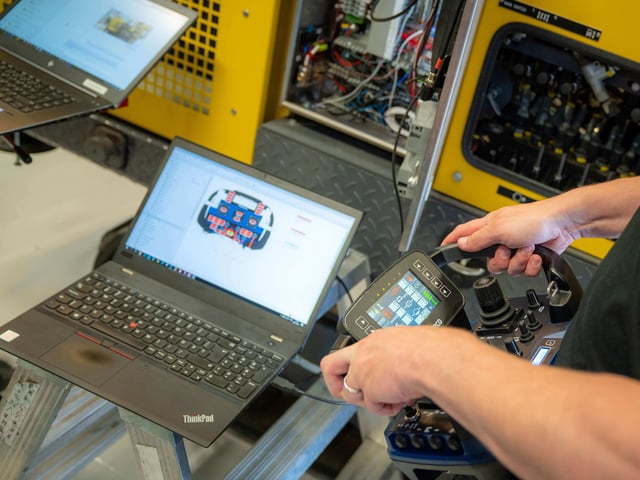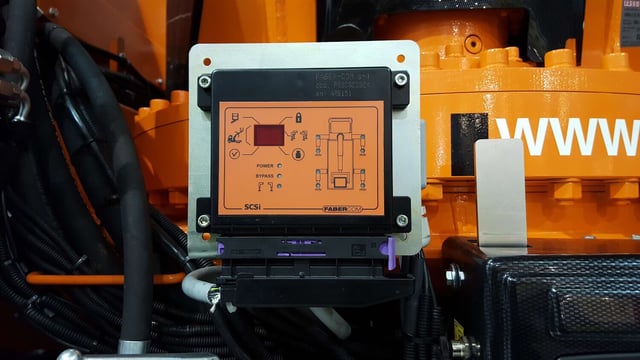The inner core of Scanreco
Radio remote technology seems simple. Just connect a transmitter and a receiver and done. Right? In fact, it places great responsibilities on the equipment manufacturers. Their whole business is at stake if something goes wrong. Scanreco assures that we are in the very forefront of technology and provide products that OEMs can rely on.
Never-Stop TechnologyTM
Renowned as pioneers within the industry, providing a safe and reliable radio link has always been our biggest concern. That is also an important part in our promise for what we call Never-Stop Technology. Products from Scanreco work – no matter what. One of our experts in wireless technology, Dr. Andrei Sazonov, who holds a doctor’s degree in radio technology and has been with Scanreco since 2010, guides us through the basics of the inner core of Scanreco’s truly reliable wireless control:

Dr. Andrei Sazonov
Aspects of reliability
There are different aspects of reliability. Of course, the signal must work reliably between the transmitters and the receivers and, in the worst case, instantly stop everything if something unexpected happens.
However, the biggest issue is that a wireless control system almost never works alone. At worksites and urban environments, there are often multiple applications that use the same frequency bands, such as 2.4GHz, 433MHz and 915MHz. This can cause interference that can stifle and block any “lower end” radio terminal and cause substantial performance issue.
Direct Sequence Spread Spectrum
At Scanreco we use three important technologies that make performance issues unlikely to happen. Direct Sequence Spread Spectrum (DSSS) is a very robust technology against radio signal interferences. It is also a way of giving each pushbutton on the transmitter an encrypted bit stream. When the user pushes a pushbutton to enable a machine function, the robust encrypted bit stream improves the resilience of the system. Consequently, impairment of a few bits in the bit stream does not damage even a single bit in the key code, Andrei explains.
Frequency Hopping Spread Spectrum
Another solution that strengthens the reliability is Frequency Hopping Spread Spectrum (FHSS). It continuously changes the radio signal among at least sixteen frequency hopping channels as a layer of redundancy. It protects the equipment against frequency-selective fading and ensures an adequate signal-to-interference ratio amid other aggressive wireless devices. The system avoids interferers by simply hopping to the next channel.
Proprietary Collision Avoidance
The third solution is a proprietary collision avoidance algorithm. The different techniques combined guarantees sufficient signal-to-interference-plus-noise ratio. It increases the system’s reliability and availability in the harshest radio conditions where stable wireless control of machinery is critical.







